How does a Septic Tank Work?
The purpose of sewage treatment is to remove solids, organic matter, nutrients, and disease-causing organisms, leaving effluent (or treated sewage) that is suitable and safe for release into the environment.
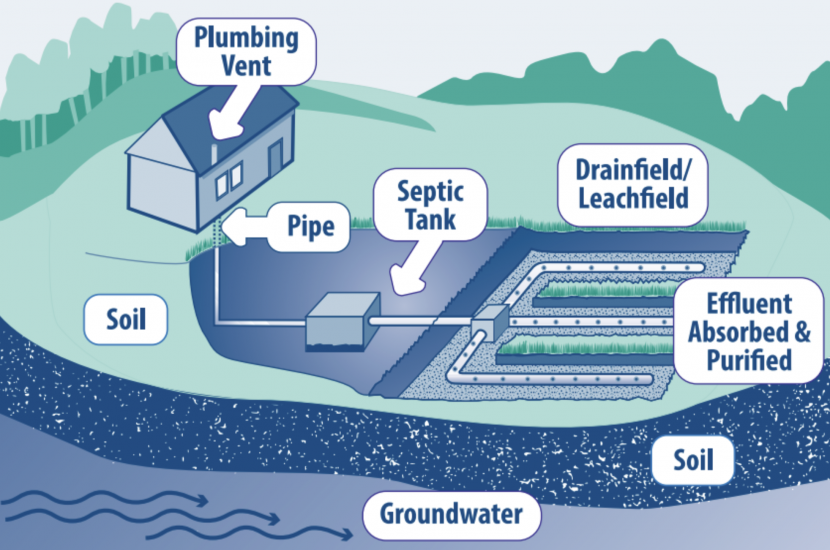
What is Raw Sewage?
- Everything that you flush down the toilet, that goes down the kitchen sink, laundry and bathroom sink, etc.
- Contains human waste, toilet paper, but also unwanted things like wipes, feminine hygiene products, etc.
- Typically contains viruses, bacteria, and microorganisms, all of which can be harmful to human health
What is a Septic System (Onsite Sewage Disposal System)?
1. A pipe leaving your home that carries wastewater to your tank
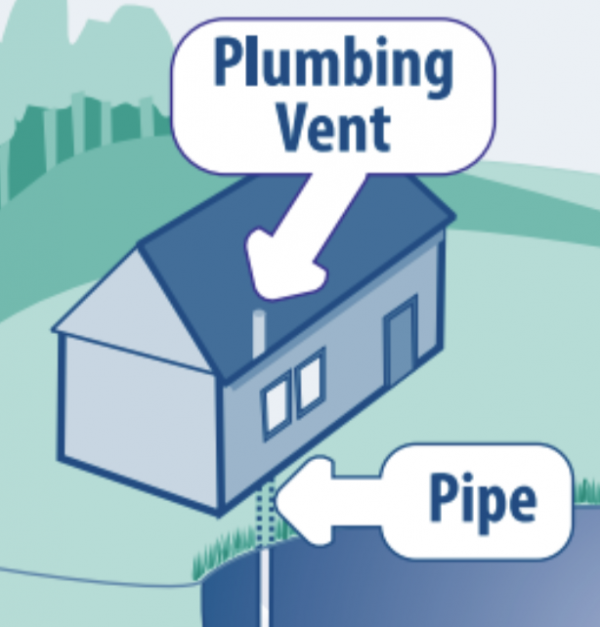
2. A septic tank that is buried and watertight, where specific bacteria begin to break down the materials in wastewater
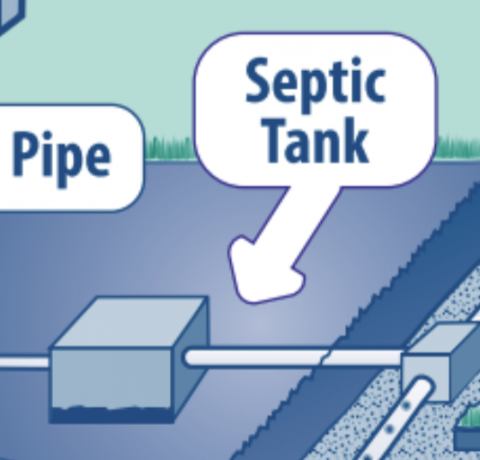
3. A drain field where wastewater exits through drainpipes and into the soil for further breakdown
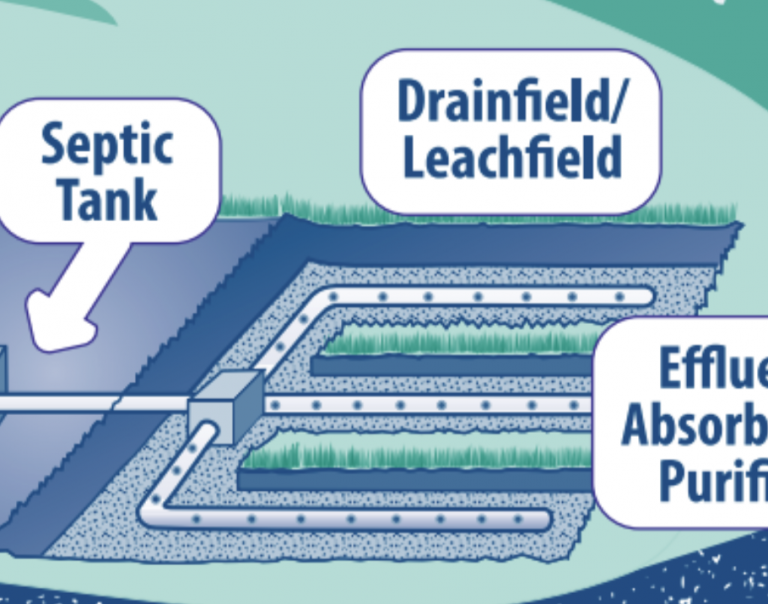
4. The soil, where different bacteria help to treat contamination from your wastewater as it works its way into the groundwater
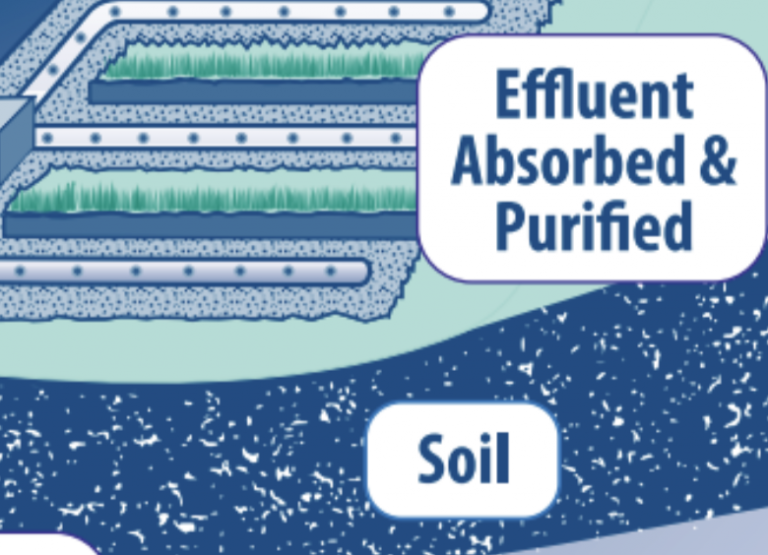
If properly designed, constructed, and maintained, septic systems are an effective way to treat household wastewater in areas without access to sanitary sewers.
Why do I need to Pump Out my Septic Tank?
Up to 60% of the solids retained in the tank decompose; the remainder accumulate in the tank. Over time there is a build up of solids in the bottom of the tank as well as the scum layer on the top, so the liquid layer gets smaller. This will decrease the retention time, which increases the amount of solids reaching the lateral field. This leads to failure or the backing up of sewage into the house due to clogged lateral lines.
It is recommended to pump a septic tank every 3-5 years!
What Causes Septic Systems to Fail?
- Septic tank or drain field additives (chemical and biological) that claim to extend system life can actually ruin your system by throwing it out of balance, and are not approved. Instead of spending money on additives that don’t help and do harm, spend the money every 3 to 5 years to pump out your septic tank.
- The tank can crack and leak or the baffles can deteriorate, crack, break or fall off.
- Diapers, toys, garbage that find their way into toilets risk clogging drain/distribution piping and tank filters.
- Vehicle traffic and tree roots can damage the lateral drain field, and collapse the outdoor waste piping.
- Compacted soils, grease and excess floating solids, and building or paving on the leach field can all clog or compress the soils around the field and inhibit evaporation and soil absorption, which leads to failure.
